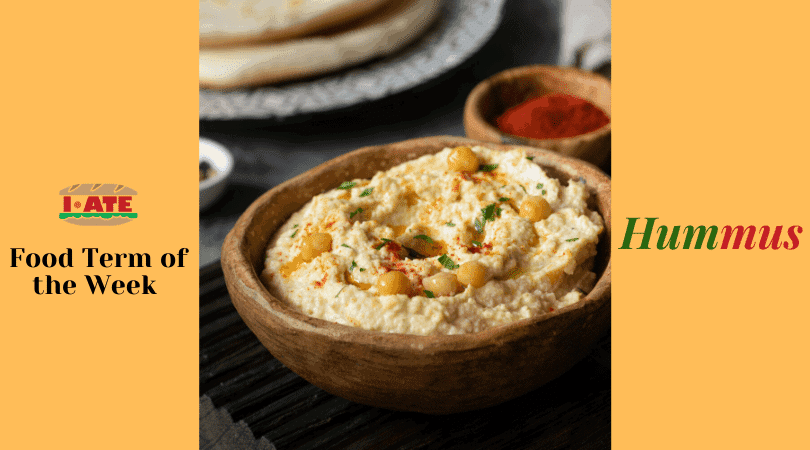The initial origins of hummus must be ones of the most disputed around the world. This dish is claimed by Egyptian Arabs, Palestinians, Greeks or other Middle-Eastern or Mediterranean countries, as their dish. So, one main persisting question is: where is hummus truly from?
Although the true origins of this meal remain uncertain, some people like to assert that hummus, as we know it today, is represented in the Hebrew Bible (written 3,500 years ago) as a dish called hometz. Another theory, based on historical sources, states that hummus may come from Egypt. This explanation is justified in the sense that chickpeas were bountiful in the Middle-Eastern region. Also, historical documents feature a dish similar to hummus being shared and eaten in Cairo, back in the 13th century. For your personal knowledge, it is useful to note that the term hummus means “chickpea” in Arabic.
Admitting hummus is very tasty without any side dish, it is yet typically served as an appetizer, alongside falafel, eggplant and tahini sauce. You can also help yourself with fresh or toasted pita bread or even vegetables, which you can dip into hummus. On top of that, it is possible to flavour it with some spices, like cumin or sumac, as you can garnish it with olive oil, parsley, pine nuts or chopped tomatoes. Besides, this meal is not only compatible with bread, vegetables or nuts but also with meat or dairy. You can surely let your imagination run wild when cooking this meal.
Not to mention that hummus has broken records. The Guinness World Record in May 2010 was achieved by Chef Ramzi Choueiri and around 300 student chefs of Al-Kafaat University in Beirut, Lebanon. They cooked the largest serving of hummus, which weighed a bit more than 23,000 lbs, that is to say 10,452 kg. This hummus was served on the new largest ceramic plate, which measured 7.17m in diameter, and was designed by Joe Kabalan, a local architect.
But before you break a new Guinness World Record, here is a recipe that you can start with, that serves up to 4 people.
Ingredients
– 1 (16-ounce) can of chickpeas
– ¼ cup liquid from the can of chickpeas
– 3 to 5 tablespoons lemon juice (depending on taste)
– 1½ tablespoons tahini (sesame paste)
– 2 cloves garlic (peeled and crushed)
– ½ teaspoon salt
– 2 tablespoons olive oil
Instructions
- Gather the ingredients
- Drain the chickpeas and set aside the liquid from the can. Combine the drained chickpeas, lemon juice, sesame paste, crushed garlic and salt in a blender or food processor. Add ¼ cup of the reserved liquid from the chickpeas. Blend for 3 to 5 minutes on low until thoroughly mixed and smooth
- Place in a serving bowl, and create a shallow well in the center of the hummus
- Add a small amount (1 to 2 tablespoons) of olive oil in the well. And garnish with parsley (optional)
- Serve immediately with fresh, warm or toasted pita bread, or cover and refrigerate
Share your hummus with everyone!
Sources:
Is Hummus Greek or Middle-Eastern? – The Spruce Eats
https://www.thespruceeats.com/is-hummus-greek-or-middle-eastern-2355742 (Accessed on 03/02/2020)
Hummus With Tahini, The Spruce Eats
https://www.thespruceeats.com/hummus-with-tahini-2355351 (Accessed on 03/02/2020)
The Origin of Hummus and Why It’s the World’s Best Spread, Anastasia McGregor
https://spoonuniversity.com/lifestyle/hummus-a-brief-history-on-the-origin-of (Accessed on 03/02/2020)
Largest Serving of Hummus, Guinness World Records https://www.guinnessworldrecords.com/world-records/largest-serving-of-hummus (Accessed on 03/02/2020)

Written by Samira Joineau
Communication Study Visitor at the Terminology Coordination Unit of the European Parliament in Luxembourg. She holds a Bachelor degree in Languages, Literature and Foreign Civilizations (English). She is a student of the Master in Learning and Communication in Multilingual and Multicultural Contexts at the University of Luxembourg.

